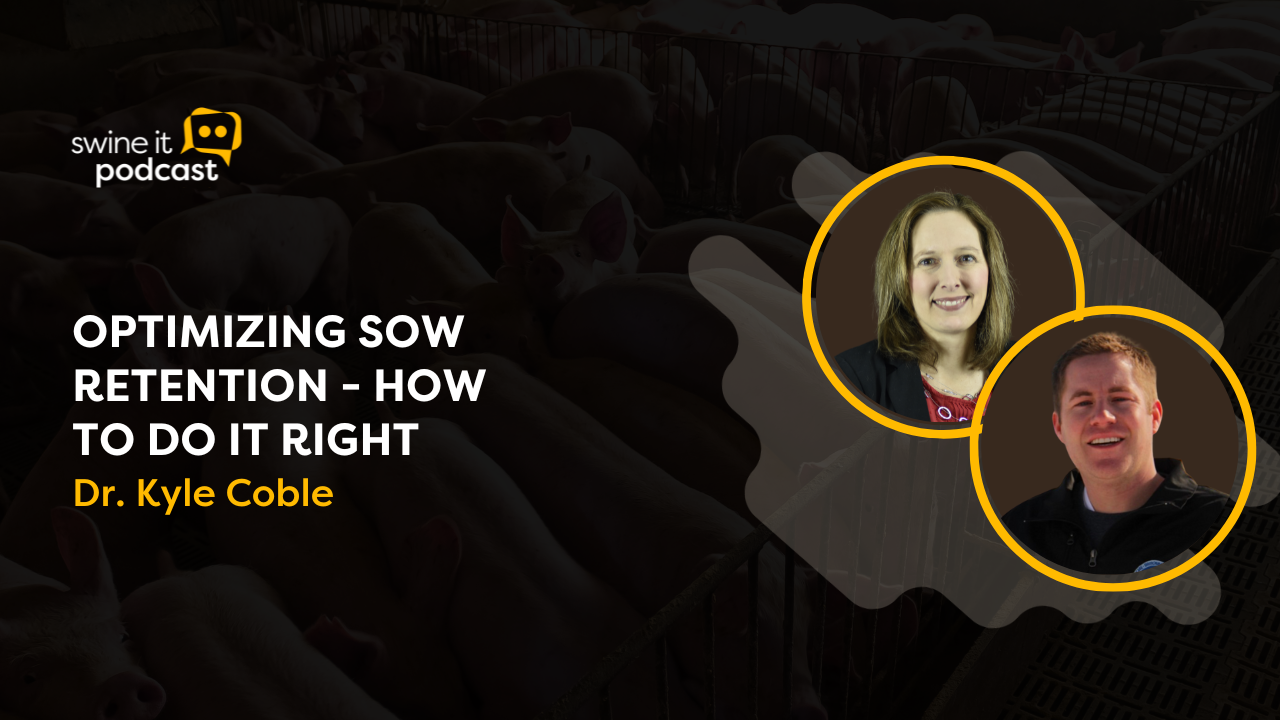PRRS is a disease that poses a significant challenge to the swine industry in the US. In that sense, on-farm decisions often rely on the accuracy of the final PCR testing results, making it crucial to obtain precise outcomes: the high demand for accurate PRRS diagnostic tests underscores the need for continuous advancements in diagnostic technology. In this episode, I talk with Dr. Berenice Munguia-Ramirez about her research on ways to improve PRRS PCR testing in swine, discussing the use endoge...
🇩🇰 The Danish Veterinary and Food Administration will visit 400 pig herds until July. That’s no social call for a horn of mead, though – they’re going to check whether farmers have done enough to avoid tail biting.
• It will be assessed whether farmers have carried out everything that’s necessary to prevent tail biting – if that’s a fact, they’ll have to draw up an action plan to gradually introduce pigs with whole tails into the herd.
🔎 Curious? To better understand the whole process, ...
💉🇦🇺 Or is it a pig and a human with one vaccine? Scientists at the University of Queensland, in Australia, have developed a novel vaccine for Japanese Encephalitis Virus (JEV) in pigs.
• Here’s how important this is: the mosquito-borne disease can lead to serious neurological symptoms in humans, which may be permanent and even fatal. However, it’s not passed from pigs to people through food – it’s safe to eat that slice of roasted loin! Instead, when virus-carrying mosquitoes infect pigs, ...
🇲🇽 Mexico has announced it’ll no longer ban all genetically modified (GMO) corn imports by 2024: instead, it will continue to allow it in animal feed and manufactured products for the foreseeable future and has postponed that date.
• Nothing’s out the table yet (except corn, maybe)! The Mexican government plans to conduct research to assess the health impacts of GMO corn. Nonetheless, officials have yet to say whether they plan to immediately ban imports for human consumption.
• On ...
📃 Says the USDA Food Safety and Inspection Services (FSIS), which has released a report on trends in Salmonella serotypes and antimicrobial resistance (AMR) in certain food animal species and products sampled from 2014 to 2019.
• The bottom line is that the differences and similarities observed in Salmonella serotypes and their AMR between cecal and product samples highlight the importance of farm-to-slaughter monitoring.
🔎 For all the key findings, read the full report here.
🇺🇲 Nope, no Cap. America or Iron Man here – but the next best thing! The National Association of State Departments of Agriculture (NASDA), the USDA, the National Pork Board (NPB) and the National Pork Producers Council (NPPC) have formed a new partnership to enhance coordination and preparedness with the goal of protecting the US from African Swine Fever (ASF) and preventing its introduction in the country.
🛡️The teamwork will enable a more effective harmonization of federal and state response ...
As swine producers, nutritionists, and veterinarians, we all know that sow mortality is a complex challenge, since many factors influence it. Indeed, high mortality rates and poor sow performance greatly impact farm profitability, including feed costs. So how can we improve sow retention and longevity in our production systems? Are there nutritional strategies that can be employed to optimize sow retention? To answer these – and many more – questions, I talk with Dr. Kyle Coble, one of the brigh...







